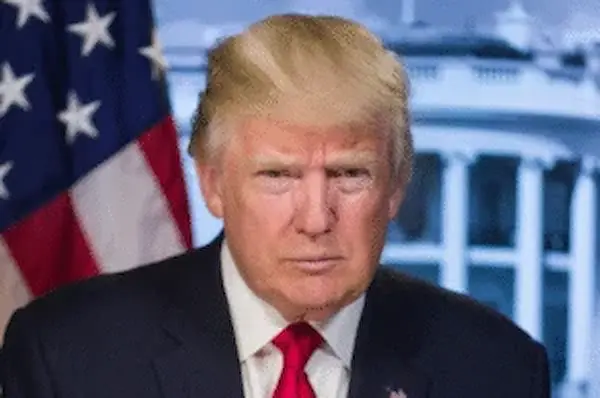
India Agreed to Drop Tariffs – The bold assertion made by former US President Donald Trump that India agreed to reduce tariffs on US imports to “nothing” was made because of his negotiation efforts. The statement, made during a White House media interaction, has sparked discussions about the ongoing US-India trade negotiations and the potential impact on bilateral commerce.
Trump’s Statement & Its Implications
During a press briefing alongside Canadian Prime Minister Mark Carney, Trump emphasized that India has historically imposed high tariffs on US imports, but under his leadership, the country has agreed to eliminate them completely.
“India has one of the highest tariffs in the world. We’re not going to put up with that, and they’ve agreed already to drop it—to nothing. They wouldn’t have done this for anybody else but me,” Trump stated.
However, India has not officially confirmed this agreement, and sources indicate that trade negotiations are still ongoing.
What This Means for US-India Trade Relations
If Trump’s claim holds true, it could lead to significant changes in US-India trade dynamics, particularly in sectors such as:
- Steel & Auto Components – India has reportedly proposed a zero-for-zero tariff arrangement on select US imports, including steel and auto parts.
- Pharmaceuticals – India may allow duty-free imports of certain US pharmaceutical products, but only up to a fixed quota.
- Agricultural Goods – The US has been pushing for lower tariffs on American agricultural exports, including wheat and dairy.
While the zero-tariff proposal could boost trade, it is expected to be conditional, meaning that if imports exceed agreed thresholds, standard duties would be reinstated.
India’s Response & Trade Negotiation Status
Despite Trump’s assertion, India has not officially confirmed any tariff elimination.
- Indian trade officials have indicated that negotiations are still in progress, with discussions focusing on mutual reciprocity rather than unilateral tariff removal.
- The US has raised concerns about India’s Quality Control Orders (QCOs), which mandate technical standards for imported products.
- India has signaled openness to reviewing QCOs, particularly in sectors like medical devices and chemicals, to facilitate smoother trade.
Sources suggest that both nations are working toward a limited trade agreement before Trump’s self-imposed 90-day suspension on new reciprocal tariffs expires.
Potential Economic Impact
If at all India drops tariffs to zero, it could:
- Increase U.S. exports to India, especially in technology and manufacturing
- Strengthen bilateral trade, which is currently valued at over $190 billion, with a goal of reaching $500 billion by 2030.
- Reduce costs for Indian businesses importing US-made goods, potentially benefiting sectors like automobiles and pharmaceuticals.
However, Indian industries reliant on domestic production may oppose tariff elimination, fearing increased competition from US imports.
Conclusion on Trump Claims India Agreed to Drop Tariffs to “Nothing”
Trump’s claim that India has agreed to drop tariffs to “nothing” has stirred debate, but official confirmation from India remains absent. While trade negotiations continue, the final agreement will likely involve conditional tariff reductions, rather than a blanket elimination.
As both nations work toward a bilateral trade deal, the outcome could reshape US-India economic relations, influencing global trade policies in the years ahead.
Read denmark-officially-summons-us-ambassador
Stay informed with the latest news and updates – only on Rapido Updates.
1 thought on “Trump Claims India Agreed to Drop Tariffs to “Nothing” Amid Trade Negotiations”